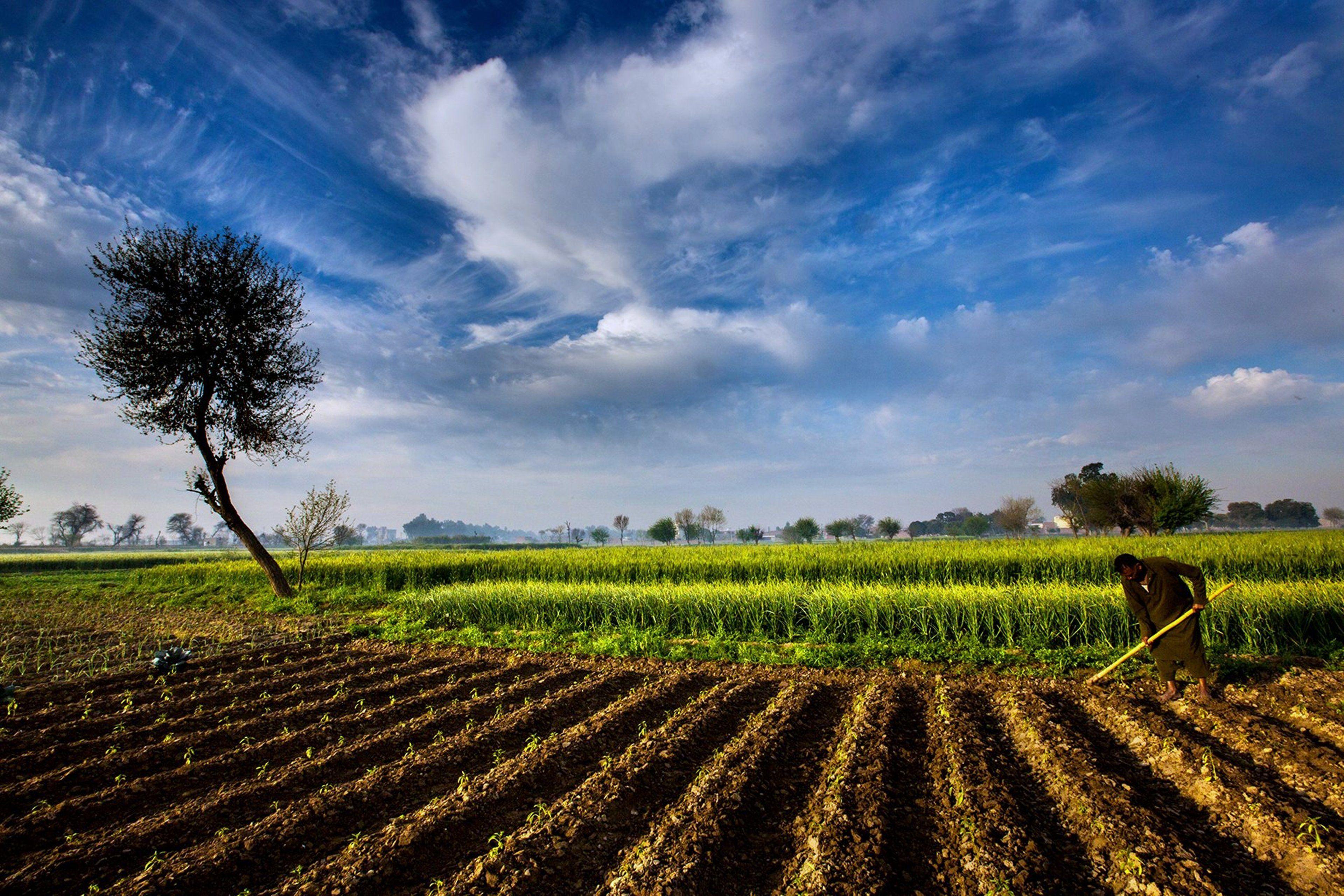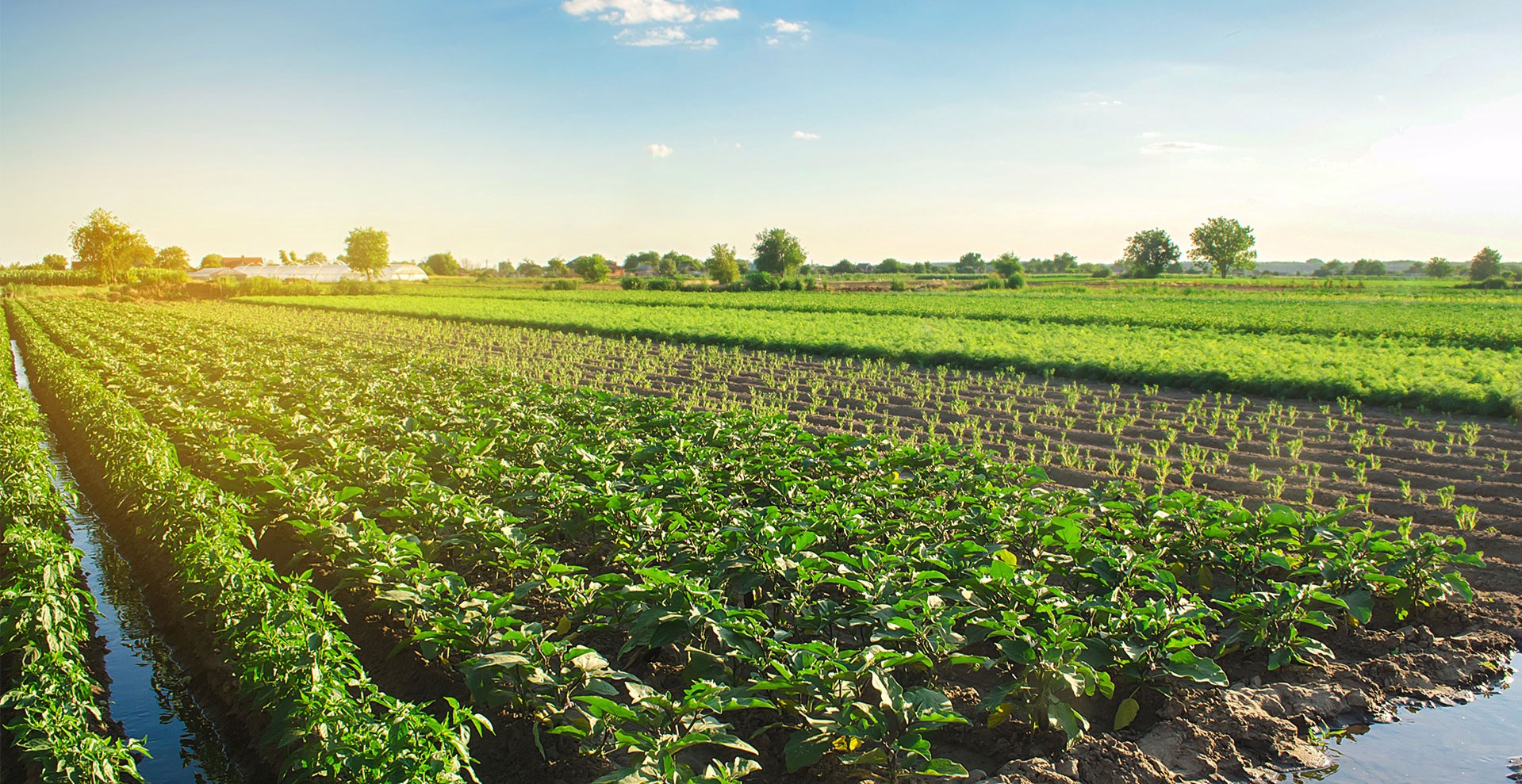
Sowing Seeds of Sovereignty: The Complex Landscape of Agriculture on Indian Reservations
From the sun-baked plains of the Southwest to the lush forests of the Pacific Northwest, Native American reservations across the United States encompass a vast and diverse landscape. This expanse of land, historically central to Indigenous sustenance and culture, often tells a tale of unfulfilled agricultural potential juxtaposed with persistent food insecurity and economic hardship. The narrative of agriculture on Indian reservations is one woven with threads of historical trauma, environmental challenges, bureaucratic hurdles, but also profound resilience, cultural revitalization, and an unyielding drive for self-determination.
At first glance, the potential seems immense. Native American lands, totaling approximately 56.2 million acres, represent a significant portion of the U.S. land base. Yet, despite this vastness, many reservation communities struggle with high rates of poverty, unemployment, and diet-related diseases, often residing in what are termed "food deserts" – areas with limited access to affordable, nutritious food. This stark contrast highlights a complex web of factors that have historically undermined and continue to challenge the agricultural aspirations of Native nations.
A Legacy of Dispossession and Disruption
To understand the current state of agriculture on reservations, one must first confront its historical roots. Prior to European colonization, Indigenous peoples across North America practiced sophisticated and sustainable agricultural systems, cultivating a diverse array of crops like corn, beans, squash, potatoes, and sunflowers, alongside extensive hunting and gathering. These practices were not merely economic activities but were deeply intertwined with cultural identity, spiritual beliefs, and social structures.
The arrival of European settlers and the subsequent expansion of the United States led to a systematic dismantling of these traditional systems. Through treaties, warfare, and forced removals, Native nations were dispossessed of their ancestral lands, often relegated to arid, less fertile tracts. The most devastating blow to Indigenous land tenure and agricultural self-sufficiency came with the General Allotment Act of 1887, also known as the Dawes Act. This federal policy sought to break up tribally held lands into individual parcels, intending to assimilate Native Americans into mainstream American society as yeoman farmers.

The Dawes Act was catastrophic. It resulted in the loss of nearly two-thirds of the remaining Native American land base – approximately 90 million acres – through sales to non-Native individuals and corporations. The remaining allotted lands were often checkerboarded with non-Native ownership, creating a complex jurisdictional nightmare. Traditional communal farming practices were disrupted, and the spiritual connection to the land was fractured. This historical trauma continues to ripple through reservation communities today, manifesting in fragmented land ownership, limited access to resources, and a deep-seated distrust of federal agricultural programs.
Contemporary Challenges: A Multi-Layered Obstacle Course
The legacy of the Dawes Act and other assimilationist policies has created a unique set of challenges for contemporary Native American agriculture:
-
Land Tenure and Fractionation: The most intractable issue is land fractionation. Due to federal inheritance laws, individual allotments have been passed down through generations, resulting in hundreds, sometimes thousands, of co-owners for a single parcel of land. This makes it incredibly difficult to secure clear title, obtain financing, or make collective land-use decisions. As one tribal land manager lamented, "You can’t farm a field if you need 500 signatures to get a loan or lease it."
-
Access to Capital and Credit: Native American farmers and ranchers face significant barriers to accessing conventional loans and credit. Fractionated land makes it difficult to use land as collateral. Furthermore, many financial institutions are unfamiliar with the complexities of tribal land tenure and federal trust status, leading to higher perceived risk and reluctance to lend. Federal programs designed to assist farmers often fail to adequately address these unique circumstances.

-
Water Rights and Scarcity: Many reservations are located in arid or semi-arid regions of the American West, where water is a precious and contested resource. While Native nations possess senior water rights, often affirmed by the Winters Doctrine of 1908, these rights have frequently been ignored or litigated for decades. Even when water rights are recognized, the infrastructure to deliver water to agricultural lands is often underdeveloped or nonexistent, further hampering productivity.
-
Infrastructure Deficiencies: Beyond water delivery, many reservations lack basic agricultural infrastructure. This includes processing facilities, cold storage, farmers’ markets, reliable transportation routes, and even broadband internet access necessary for modern business operations. Without these amenities, tribal producers struggle to move their products to market, capture value-added opportunities, and compete effectively.
-
Bureaucratic Hurdles: Native American producers often navigate a labyrinth of federal agencies, including the Bureau of Indian Affairs (BIA) and the U.S. Department of Agriculture (USDA). While the USDA has made efforts to be more inclusive, its programs are often not tailored to the unique cultural, economic, and land tenure realities of reservation communities. The BIA, with its trust responsibility, can sometimes be an impediment rather than an aid, with slow processes and complex regulations.
-
Food Insecurity and Health Disparities: The cumulative effect of these challenges is often a lack of local food production, leading to reliance on external, often unhealthy, food sources. This contributes to alarmingly high rates of diabetes, heart disease, and other diet-related illnesses within Native communities. According to the USDA, many Native Americans live in areas with limited access to supermarkets, forcing reliance on convenience stores that offer few fresh options.
Sowing Seeds of Change: Resilience and Innovation
Despite these formidable challenges, a powerful movement for food sovereignty and agricultural revitalization is taking root across Indian Country. Tribal nations, individual entrepreneurs, and non-profit organizations are leveraging traditional ecological knowledge, embracing modern technologies, and advocating for policy changes to rebuild their food systems.
One notable success story is the Navajo Agricultural Products Industry (NAPI) in Farmington, New Mexico. Established in 1970, NAPI is one of the largest tribally owned agricultural enterprises in the U.S., farming over 70,000 acres of irrigated land. They produce a wide range of crops, including corn, potatoes, beans, and alfalfa, providing jobs and economic diversification for the Navajo Nation. NAPI demonstrates the potential for large-scale, tribally managed agriculture to thrive with proper investment and water infrastructure.
Beyond large enterprises, smaller, community-led initiatives are blossoming:
- Community Gardens and Farmers’ Markets: Many tribes are establishing community gardens, often focusing on traditional crops, to provide fresh produce and foster intergenerational knowledge transfer. These initiatives not only improve nutrition but also strengthen cultural identity. Farmers’ markets on reservations create direct links between producers and consumers, keeping economic benefits within the community.
- Bison Ranching: For many Plains tribes, the return of bison is a powerful symbol of cultural resurgence and economic opportunity. Tribes like the Rosebud Sioux and the InterTribal Buffalo Council are managing large bison herds, which provide lean meat, restore ecological balance to grasslands, and reconnect people with their ancestral heritage.
- Specialty Crops and Value-Added Products: Producers are exploring niche markets for heirloom varieties of corn, beans, and squash, as well as medicinal plants. Others are developing value-added products like teas, jams, and flours, which capture more of the retail value.
- Technological Innovations: Some tribes are embracing modern agricultural techniques. The Oglala Lakota College on the Pine Ridge Reservation, for instance, has explored hydroponics and aquaponics to grow fresh produce year-round in controlled environments, overcoming challenges of arid land and short growing seasons.
- Food Policy Councils: Tribal governments are forming food policy councils to develop comprehensive strategies for food security, economic development, and health, often integrating traditional foodways into contemporary policy.
The Role of Traditional Ecological Knowledge (TEK)
At the heart of this resurgence lies a profound reconnection with Traditional Ecological Knowledge (TEK). This knowledge, accumulated over millennia through direct observation and interaction with the land, offers sustainable solutions for modern agriculture. Practices like dryland farming, intercropping, seed saving, and holistic land management are being revived, offering resilient alternatives to industrial agriculture.
As one tribal elder remarked, "Our land is not just soil; it’s our history, our identity, and our future. When we grow our traditional foods, we are feeding our bodies, our spirits, and our culture." This sentiment underscores the holistic approach many Native communities take to agriculture, where the health of the land, the people, and the culture are inextricably linked.
Towards Food Sovereignty and Self-Determination
The vision for agricultural prosperity on reservations is intrinsically linked to the broader concept of tribal self-determination and food sovereignty. Food sovereignty, as defined by La Via Campesina, is "the right of peoples to healthy and culturally appropriate food produced through ecologically sound and sustainable methods, and their right to define their own food and agriculture systems." For Native nations, this means regaining control over their food systems, reducing reliance on external sources, and building robust, resilient local economies.
Federal agencies like the USDA have begun to recognize the unique needs of Native American producers, establishing offices like the Office of Tribal Relations and developing programs specifically for tribal communities. The Native American Agriculture Fund (NAAF), established with funds from the Keepseagle v. Vilsack settlement, provides grants and technical assistance to Native farmers and ranchers, serving as a crucial catalyst for growth.
However, much more is needed. Policy reforms are necessary to address land fractionation, streamline access to capital, and ensure that water rights are fully recognized and supported with adequate infrastructure. There’s a growing call for federal programs to be more flexible, culturally appropriate, and truly tribally-driven, moving beyond a "one-size-fits-all" approach.
In conclusion, agriculture on Indian reservations is a landscape of profound paradoxes. It is a story of historical injustice and ongoing struggle, but also one of remarkable resilience, innovation, and an unwavering commitment to cultural preservation. As Native nations continue to assert their sovereignty and rebuild their food systems, they are not only creating economic opportunities and improving health outcomes for their communities but also offering valuable lessons in sustainable agriculture and holistic land stewardship for the entire nation. The seeds of sovereignty are being sown, promising a future where Indigenous lands once again nourish their people, body and soul.

